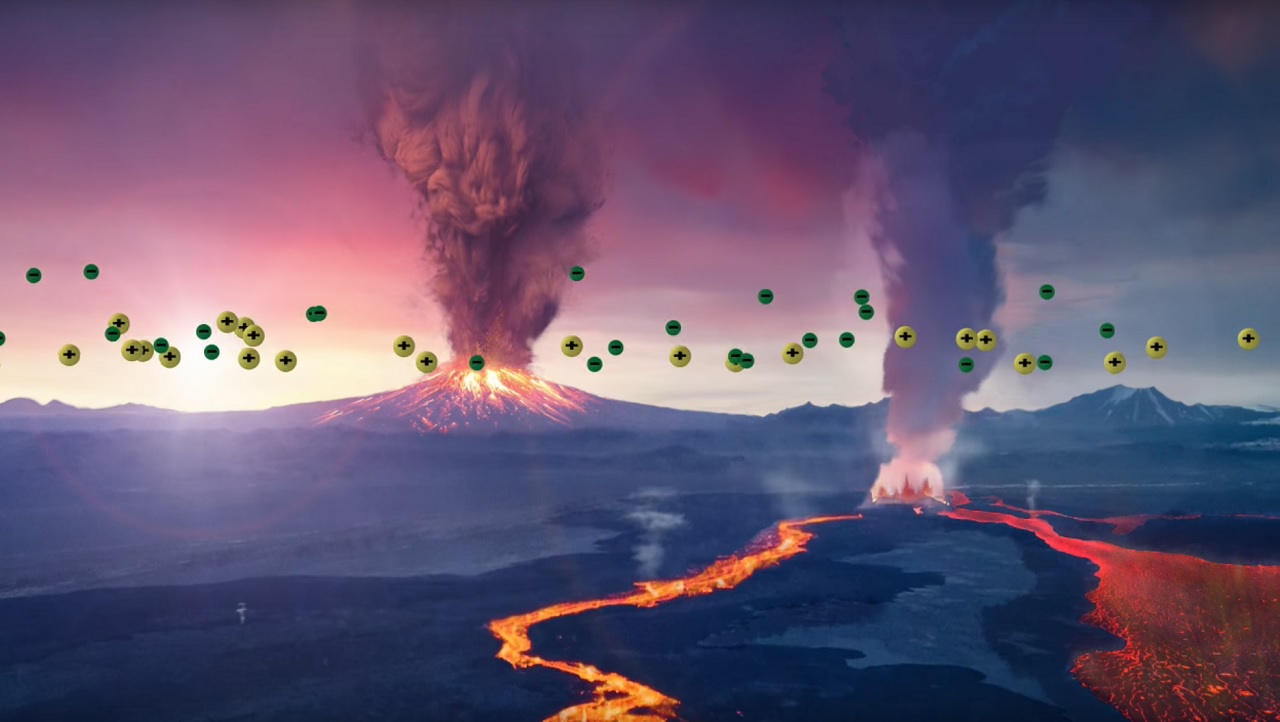
According to new research from NASA, planets within the habitable zone in red dwarf star systems might lose too much oxygen to support liquid water, and therefore, life. This includes some of our nearest neighbors and the exoplanet Proxima b.
Previously, scientists have determined a star’s habitable zone based on much heat the star emits. Thus, stars more massive than our sun produce more heat and light, so the habitable zone must be farther out. Smaller, cooler stars yield close-in habitable zones.
A team of scientists has developed a new model that estimates the oxygen ion escape rate on planets around red dwarfs, which plays an important role in determining an exoplanet’s habitability. NASA published the below video showing us how extreme ultraviolet light from a young red dwarf star cause ions to escape from an exoplanet’s atmosphere.


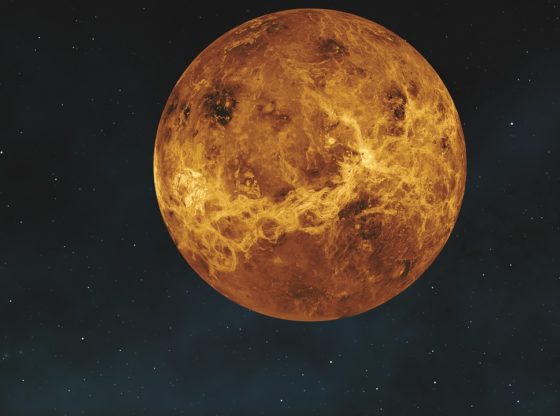
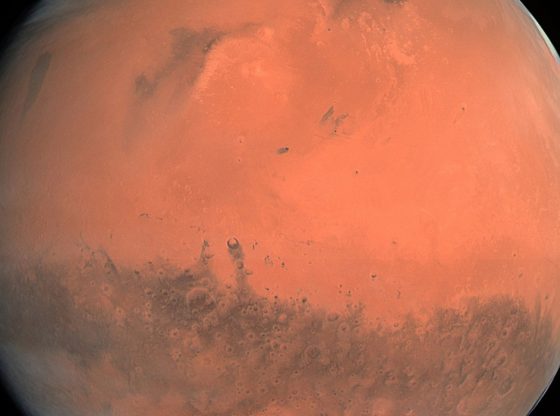
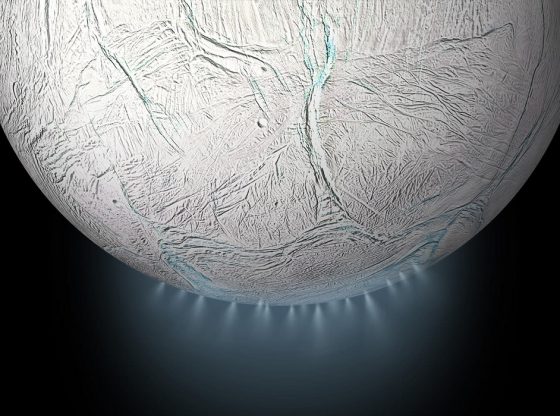
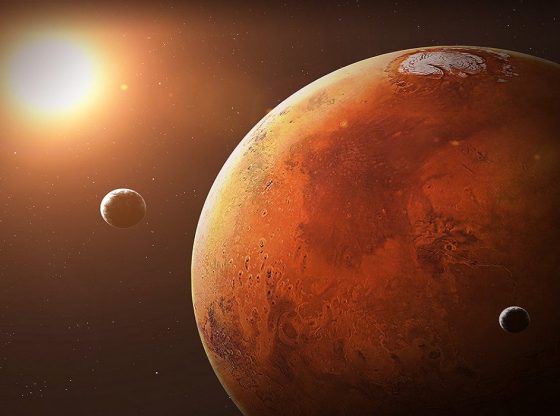
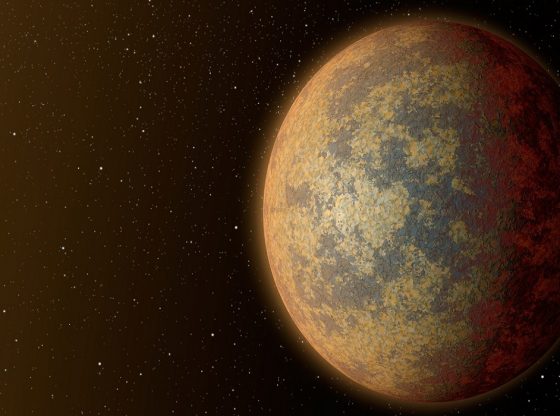
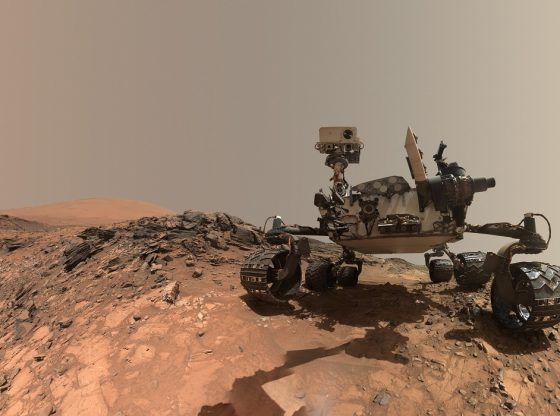
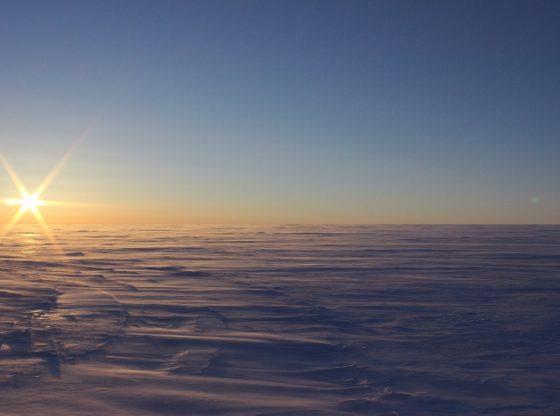
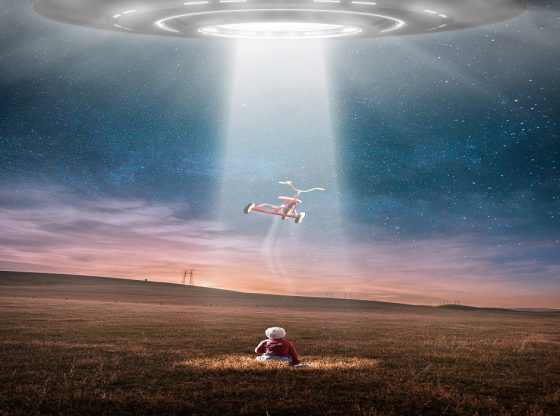
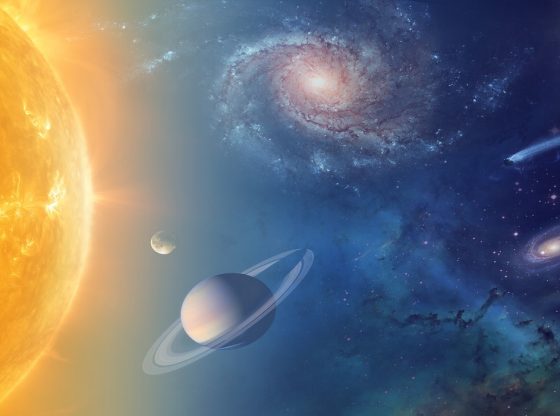
![OpenAI. (2025). ChatGPT [Large language model]. https://chatgpt.com](https://www.illustratedcuriosity.com/files/media/55136/b1b0b614-5b72-486c-901d-ff244549d67a-350x260.webp)
![OpenAI. (2025). ChatGPT [Large language model]. https://chatgpt.com](https://www.illustratedcuriosity.com/files/media/55124/79bc18fa-f616-4951-856f-cc724ad5d497-350x260.webp)
![OpenAI. (2025). ChatGPT [Large language model]. https://chatgpt.com](https://www.illustratedcuriosity.com/files/media/55099/2638a982-b4de-4913-8a1c-1479df352bf3-350x260.webp)








